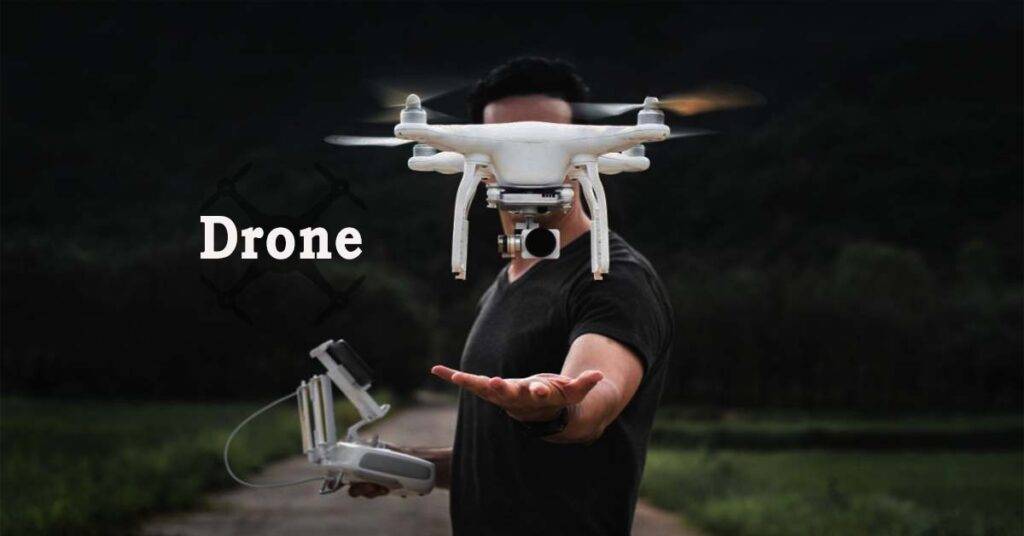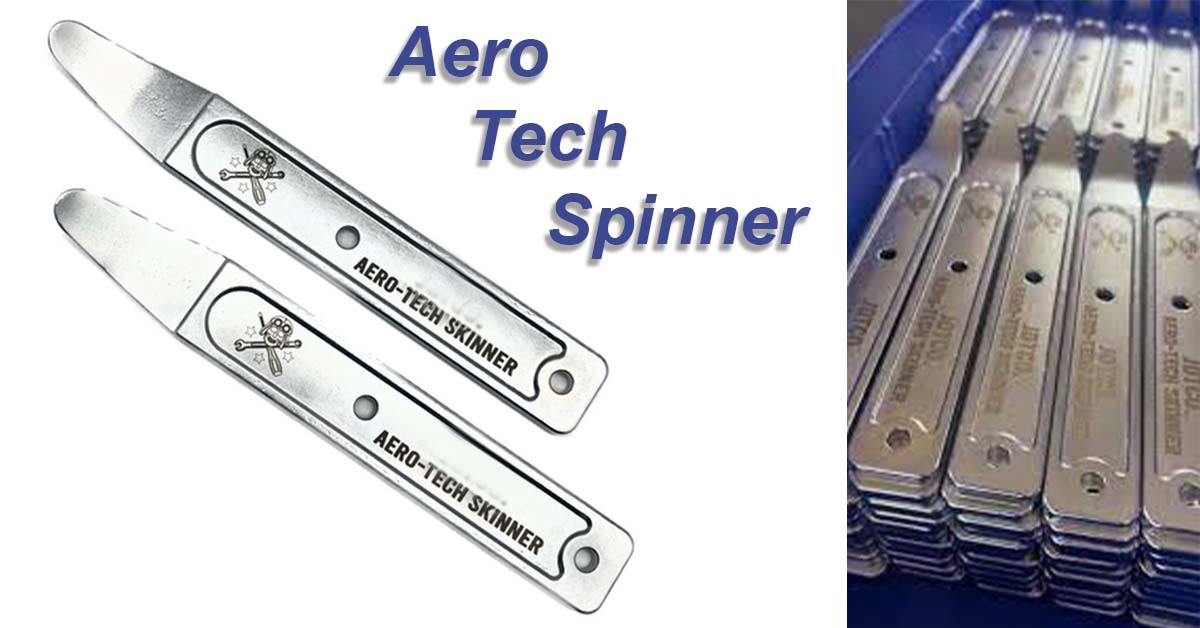A drone is an unmanned aircraft and is officially called UAV (Unmanned Aerial Vehicle) or unmanned aircraft system. It is a flying robot that can either be controlled remotely or independently flown using embedded system software that integrates with GPS and onboard sensors. UAVs are currently utilized mostly in military and civilian applications such as search and rescue, traffic monitoring, surveillance, firefighting, and weather monitoring. These are also utilized for agricultural, delivery services, personal photography, and videography.

These gadgets include Electronic Speed Controllers, a circuit that regulates a motor’s speed and direction, GPS, an antenna, cameras, a flight controller, a battery, a receiver, collision avoidance sensors, ultrasonic sensors, accelerometers, altimeters, and other sensors.
How does Drone work?
A drone camera’s primary modes of operation are flight and navigation. These cameras include a frame, propellers, rotors, and a power source such as fuel or battery to achieve flight. Here, the drone’s structure is constructed using intricate and lightweight components to reduce weight and improve mobility while in flight.
A controller is required for a drone camera to be operated remotely by an operator to navigate, launch, and land the drone. Here, controllers are essential for interacting with the drone camera via radio waves and Wi-Fi.
Types of Drones
There are different types of drones available in the market based on the requirement in different fields like the following:
- Multi-Rotor Drone
- Fixed Wing Drone
- Single Rotor Helicopter
- Fixed-Wing Hybrid VTOL
Drone cameras are available in a variety of sizes, forms, and purposes. Different drone types that can be controlled remotely or with specific ground cockpits have recently been launched. Commercial drones come in modest sizes and are easy to assemble. Just like laptops, they are so simple to use, these drones are suitable for even school-age children.
Multi-Rotor Drone
Professionals and hobbyists alike often use these drone types for a variety of tasks like aerial video surveillance, photography, etc. These drones are easier to make and less expensive to purchase than other models. Additionally, these drones are divided into several categories according to the number of rotors they use, such as tricopter, quadcopter, hexacopter, and octocopter, which each have three rotors.
These can be used for large-scale undertakings like long-range aerial mapping and surveillance, just like robots. The main issue with employing these drones is that they require more energy to defy gravity and stabilize in the air. Currently, the majority of multi-rotor drones only have a 20- to 30-minute flight time.
The benefits of multi-rotor drones include their portability, ease of use, hover flight and VTOL capabilities, good camera control, and ability to operate in constrained spaces. The limitations of multi-rotor drones include their short flight times and limited payload capacity.
Fixed Wing Drone
These drones employ a whole different design that resembles an airplane’s wing. These drones continue forward under the control of the operator till their energy source permits rather than using energy to wait for air.
Fixed-wing drones typically fly for a few hours, as opposed to the 16 hours that gas-powered drones can fly. These are appropriate for long-distance operations, but they cannot be used for aerial photography in situations where the drone needs to be in the air for a set amount of time.
These drones are pricey, and flying them requires special training. A runway or a catapult launcher is required to position a fixed-wing drone in the air because it is not easy to do so. Again, they must safely land on a runway or use a parachute.
Fixed-wing drones provide the benefits of long endurance, wide coverage, and swift flight. The drawbacks of fixed-wing drones are that they are expensive, difficult to fly, require a lot of space for launch and recovery, lack hover or VTOL capabilities, and require more training.
Single Rotor Helicopter
A single-rotor drone’s structure and design are comparable to those of a typical helicopter. In contrast to multi-rotor drones, this design just has one large and small rotor on the end of the drone to regulate its direction. Single-rotor drones perform better than multi-rotor drones in terms of efficiency. These drones have longer flight times and gas engines can be used to power them.
These drone cameras come in a variety of high-complexity, costly, and operationally risky models, that can’t be compared with iphone. If the drone camera is overused or gets into an accident, the large rotor blades frequently represent a concern. Small rotor blade multi-rotor drones have never been in a serious accident.
Single-rotor helicopter drones provide the benefits of hover and vertical takeoff and landing (VTOL), long endurance, and higher payload capacity. Single-rotor helicopter drones have the following drawbacks: they are expensive, difficult to fly, require more training, and are deadly.
Fixed-Wing Hybrid VTOL
Fixed-wing hybrid VTOL are new technology drones combine the advantages of fixed-wing and rotor-based versions. In 1960, attempts to test this theory were made, but they were largely unsuccessful. However, this idea has gained some new life with the introduction of additional sensors like accelerometers and gyros.
There are several hybrid fixed-wing drone model variations on the market. But Amazon advertising employs the drone that is used the most. We routinely see acres of land being surveyed by fixed-wing aircraft. Delivery drones with fixed wings are utilized in situations where cargo capacity and flying time are crucial. Additionally, this drone is employed in the medical industry to send medicinal supplies to distant regions.
A fixed-wing hybrid drone’s benefits include VTOL and long-distance flight. Inadequate for forward flight or hovering, and yet in development, are the drawbacks of fixed-wing hybrid drones.



